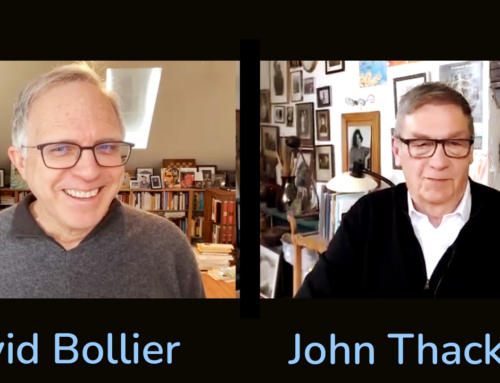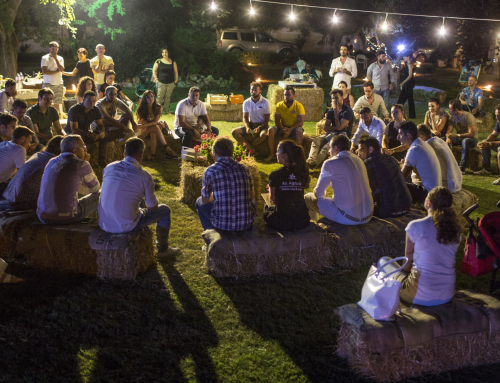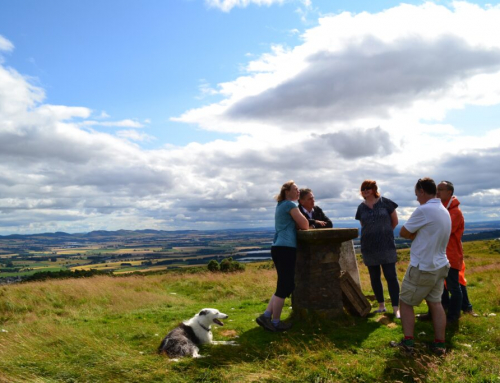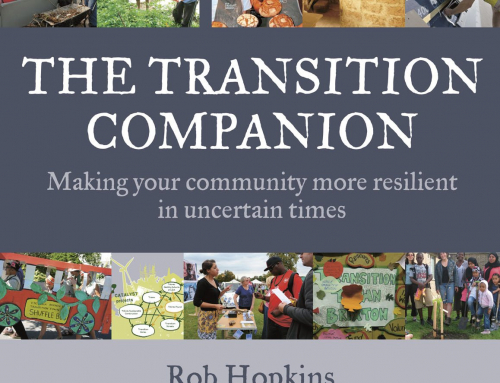An internet sage once said that a web page never accessed does not really exist. Does the same logic apply to your design research? If nobody ‘gets it’, when you present your results, has anything been achieved?
Over recent months, I have seen years of work by design researchers almost wasted because they did not communicate well. Here are a couple of stories about such near-disasters, plus 15 highly-opinionated tips for design research presentations at the end.
In Amsterdam, in February, I attended the seventh bi-annual exhibition of Young Designers and Industry, The show’s sub-title – “the unknown meets the unknown” – turned horribly true. Thirteen European companies, ranging from Heineken to Forbo Linoleum, had given research projects to groups of talented young designers from all over Europe. Their task was “to conceive of new concepts for products, services or strategies of the future”. A fascinating brief, good partnerships, plenty of time. How could they fail?
Here is how. The exhibition and presentation in this five month project took place in a splendid and theatrical loft in Amsterdam docklands. On entering, I was confronted by 13 mini-exhibitions, in bays down each side of the space. These exhibits were impossible to interpret or understand. Numbers were stuck on columns – but nothing told the visitor what these numbers referred to. Each bay contained jumbles of posters and objects – but there were no titles or captions to help the visitor understand what these jumbles were about. Groovy-looking young people hung about; but it was not clear whether they were visitors, exhibitors, or just lived there.
I asked each person in turn, I hope in a friendly way: “what am I looking at here?” “to what question is this project an answer?” and “what lessons did you learn from this project?”. After two hours I realised that, once again in this excellent series, some great work had been done. In one project, websites and wireless devices were used to help Dutch citizens find nature – which is often hidden away here. Noffit Yelloz, in another fine project, developed an elegant structure to hold potted plants vertically inside a stairwell for Europe’s largest plant distributor, www.waterdrinker.nl. A third team worked with Forbo Linoleum to produce terrific lamps and bowls. But I had to find all this out for myself. Nobody framed the event for people like me walking in literally from the cold. Many of the men and women in suits for whom the whole event was staged clearly had no idea what to make of it.
A few weeks after Young Designers and Industry, I found myself at HomeTech, in Berlin, an enormous trade fair for domestic appliances. Whirlpool Europe, who have a dynamic new design director, Richard Eisermann, had worked with design futurist Francesco Morace on a major lifestyle trends study. This inspired Whirlpool’s centrepiece at the trade fair, a beautifully produced exhibition of design prototypes called “Project F” in which large glass cases contained intriguing and well-executed…. objects. But it was utterly unclear what we were looking at – or why. I happened to tour the exhibit with a British design journalist who has eight million appliance-buying readers back in London. She walked right past the Project F exhibits with barely a glance; “what are they?” she asked – without stopping. These objects, I later discovered, were the results of months of investigation, by talented design professionals from several countries, into fabric care futures. Upon reading Whirlpoolls interesting book, which I discovered in a dark corner, I learned that the objects were “an open exploration of the washing process and the new relationship between products, spaces, and humans”. (The book is available from ray_isted@email.whirlpool.com)
Both Young Designers and Whirpool forgot to put themselves into the shoes of their audience. They focussed on what they had to say, at the expense of asking: what will it take, in this noisy and crowded environment, to engage a passing stranger’s curiosity and interest?
JT’s TIPS FOR POTENT PRESENTATIONS
It’s awful to see such interesting work head, unnoticed, for obscurity – so here are fifteen tips for presentations which I reckon apply equally both in a small presentation, such as a research crit in a university, or in a large, noisy, distracting trade event, like HomeTech.
Tip 1 Design the way you will present and publish your results at the beginning of your project, not at the end.
Tip 2 Budget generously for publishing results.I reckon the ideal is 30 per cent of the total, including people costs – but hardly anybody allocates that much. A budget for publishing results below ten percent means you don’t care if anyone outside your project ever knows what you achieved.
Tip 3 Assume I know nothing. NOTHING! The first two minutes – of my visit, or of your presentation – should answer the following questions that are rattling around in my addled mind:
“Where am I, and why am I here?”
“Who are these people?”
“What’s in it for me?”
“To what question is this story an answer?”
Tip 4 Always answer that last question! State, explicitly, the insight, discovery or invention you have made, that you are giving me to take away.
Tip 5 Kill your darlings. You will always have more things to tell me than time to do so – so tell me less. Never try to cram everything you know into a limited time by speaking fast, or in bullet point-ese. Inform about the things you have to leave out of your verbal presentation in a handout. If you make a good presentation, I will probably read it later. if you’ve bored or confused me, I won’t bother.
Tip 6 Avoid using the words “we are very interested in….”. I don’t care what you are interested in. I care what I am interested in.
Tip 7 Only tell me about your process or methodology if the process or methodology is the valuable thing I am going to take away. Otherwise stated: don’t tell me how you got there, tell me what you found when you got there.
Tip 8 Reassure me you have thoroughly scoped the territory, and that you are not about to tell me something 500 peoople already investigated.
Tip 9 Never, ever, present for more time than you promise to in the programme. If that’s ten minutes, do it in ten – not a second more.
Tip 10 For every minute you propose to present, allow one hour of preparation. For a ten minute presentation, in other words, you need to plan in ten hours of preparation before the Big Day. (I was taught this unlikely-sounding rule by Carol Harding Roots, who trains the Doors team how to present. She’s right).
Tip 11 Never rely on designed objects or media to tell your story on their own – whether they be posters, prototypes, videos, computer simulations, or exhibits. Real people, properly briefed – and ideally you, yourself – are far more interesting and effective than the glossiest poster or video in the world.
Tip 12 Don’t commission a special video for a public exhibition: they add noise, and hardly anyone watches them. If you have a big budget, spend the money hiring a celebrity chef to cook exhausted visitors delicious snacks – as Gaggenau did at HomeTech.
Tip 13 Treat PR consultants politely but with the utmost suspicion. They almost never get it, whatever it is – but will act as if they do. If your company insists you use a PR team, use them as support – but never give them complete control over your communications.
Tip 14 At the end of your presentation, or my visit, find a way to make sure we stay in touch – for example by saying, “may I call you next week?” or, “may I put you on our mailing list?”. (And don’t put my visiting card in a large goldfish bowl with all the others: study it with respect and awe, and then put it in carefully in your wallet.).
Tip 15 Get help. There’s no logical reason why a good designer or researcher should be a good presenter or communicator. Many great writers became great thanks to dedicated editors behind the scenes. Get an editor to finish your text. Pay a trainer to teach you how you to present.
Tip 16 Send me more tips. You surely know better tips than these (or disagree vehemently with mine) – so send your comments in to
Useful contacts:
The Doors team recommends Carole Harding Roots at Executive Presentations in London. Carole comments that it’s “better to look ahead and prepare than look back and regret.Good speakers create a spark to ignite the fuel of anticipation; they capitalise on their platform presence; they look the part; they stand and move with ease; they sound the part chr@executivepresentation.com
A good book on the subject is Getting Started In Speaking, Training or Consulting by Robert Bly (John Wiley paperback, 2001). Bly’s site, www.bly.com, contains a small arsenal of tools and services.



